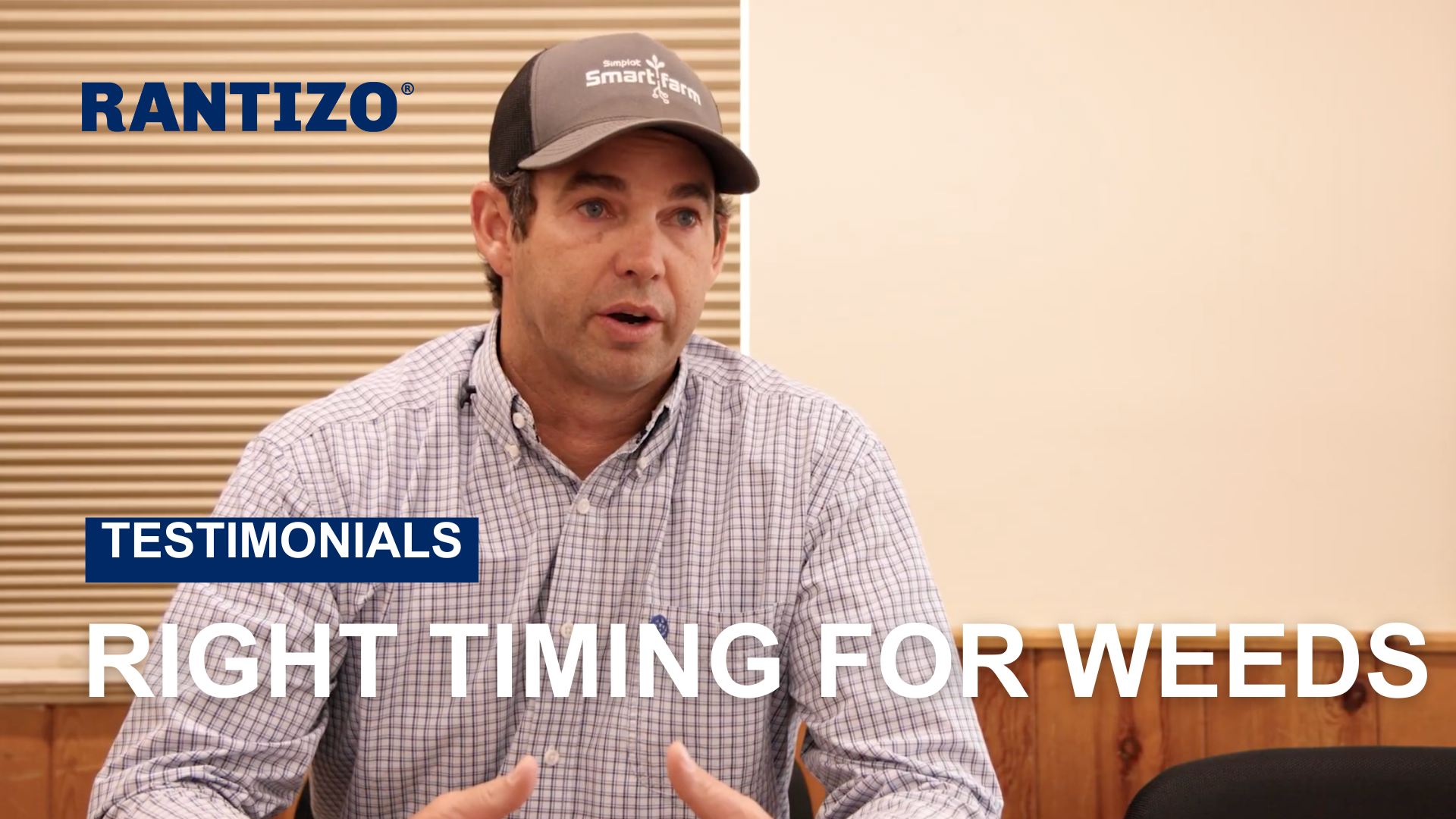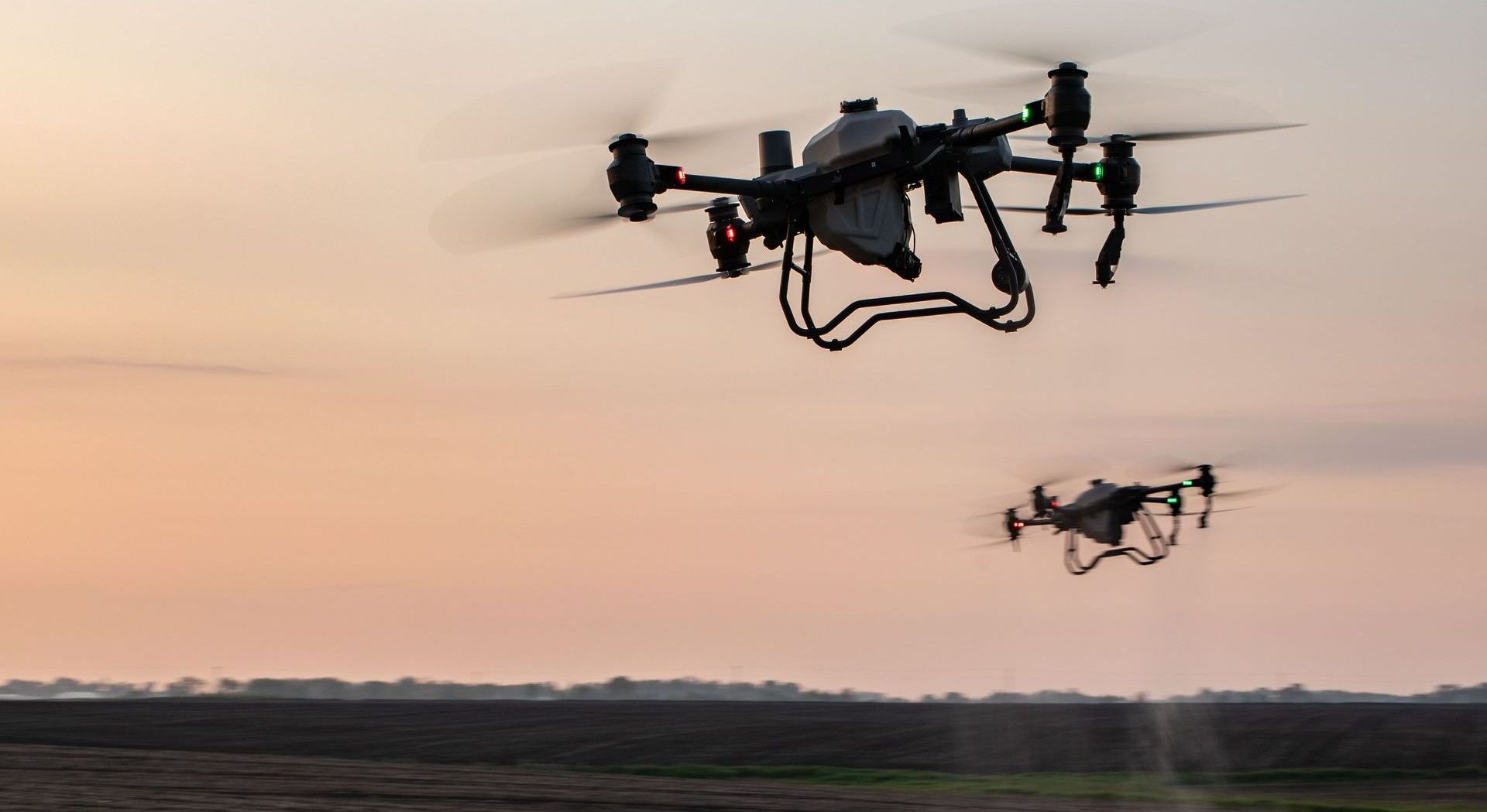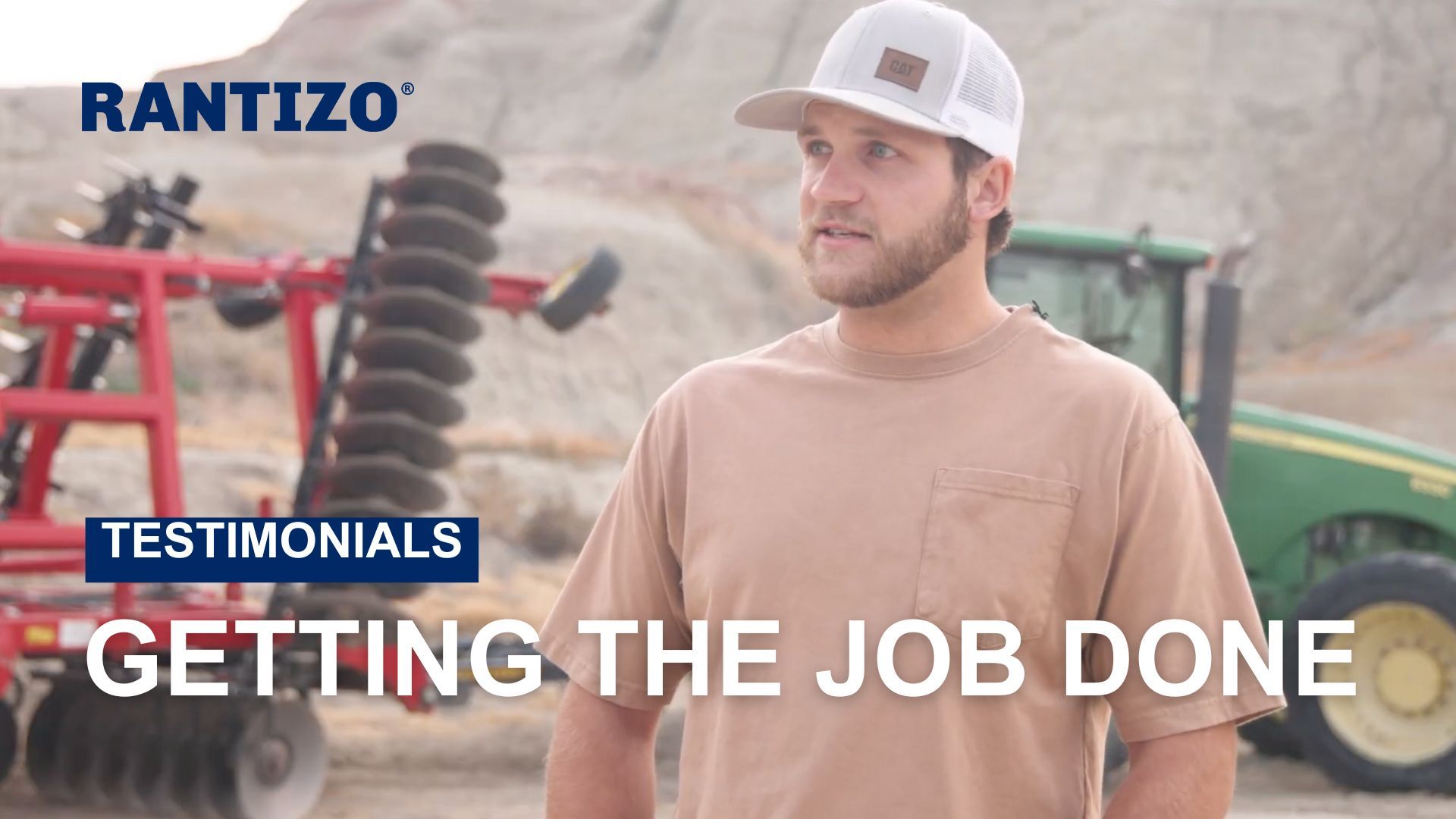RESOURCES
Aerial Applications: Integrating Spray Drones and Airplanes into a Crop Protection Plan
March 3, 2025
How spray drones and airplanes can Provide growers with the best outcome
Crop protection is crucial for a successful growing season with high-yielding crops. Utilizing a variety of application methods, such as airplanes and spray drones, can significantly enhance the effectiveness of crop protection strategies.
Manned aircrafts, commonly referred to as crop dusters, have a long history of treating large areas efficiently and quickly via airplanes (fixed wing) or rotary planes (helicopters). They are particularly effective in covering large fields. They’ve also been an efficient option for applications where wet ground may pose a challenge – either due to weather or irrigation efforts – where a ground rig may not be an option.
Spray drones have also gained acceptance and popularity in recent years for their timeliness, maneuverability, and precision. They excel in reaching hard-to-access portions of a field and, similar to airplanes, are also effective on irrigated acres.
While each has its unique strengths and use cases, the real potential lies in their ability to complement each other. By working together, airplanes and drones can enhance the efficiency and effectiveness of crop protection applications, ensuring that growers receive the best possible outcomes.
Integrating Airplanes and Spray Drones: A Real-World Example
We
compiled a case study
highlighting how these two methods can collaborate to provide timely and cost-effective applications.
The goal of this particular job was to treat five rice fields with herbicides in Arkansas County, Arkansas. Three of the fields were small and open but also adjacent to a crop that was highly sensitive to the herbicides being applied. The remaining two fields were larger fields that contained sensitive crops to the north, east, and south.
"Due to the field sizes and nearby sensitive crops, utilizing both airplanes and drones were necessary to effectively treat the acres of rice fields. The airplanes handled the larger fields, while the drones were used for the smaller, more sensitive areas. By working together, the two systems complemented each other, ensuring that all fields were sprayed accurately and efficiently," says Jeff Dickens, Rantizo Upper Southeast Hub Lead.
For the spray drone application, the team used a DJI AGRAS T40 drone to spray a 100-foot buffer to the east and 50-foot buffers to the north and south. This created an herbicide-applied border of the field so that the crop duster could safely treat the remaining majority of the field, thus easing concerns about chemical drift.
“Our drone operators worked closely with the crop duster to ensure our efforts didn’t overlap,” says Dickens. “With effective collaboration and communication, we understood what each operator was doing and when. This ultimately led to the success of an efficient, effective application for the grower.”
Within five minutes of finishing the drone applications, Dickens was able to use
AcreConnect™
software
to produce application maps for all the areas treated by spray drones. Dickens then provided the crop duster with a shapefile that could be integrated into their system for enhanced visual clarity in advance of airplane spraying.
The full case study can be viewed and accessed at this link.
Perspective from a Crop Duster
Douglas Guillot, an operations manager for Lake Air Service in southwest Louisiana, is a crop duster who has seen the ways that drones can complement his business. Guillot and his grower customers have found spray drones to be an alternative solution for agricultural applications with nearby developments and neighborhoods. Drone spraying offers him a way to conduct applications in a quieter fashion and take off more discreetly when near housing developments.
“The spray drones allow us to conduct spraying but with a quieter and more discreet method, particularly when applying in regions near housing developments,” shares Guillot. “This eases potential concerns for not only us as operators but our customers as well.”
Guillot’s investment in drones has increased in just a couple years from one drone then to three today – in addition to his fleet of five airplanes.
“The technology is there. It got to the point where one drone was not enough to keep up with demands,” Guillot said. “My goal is to create buffer zones for airplanes. I basically go from an edge and spray up to the nearest straight levy. From that area on the plane can spray the rest.”
As aerial application technology continues to evolve and improve, so will the abilities for growers to tap into the options for their application needs, whether that means crop dusters, spray drones – or both.
“At the end of the day, there are two goals for aerial applications: the first is safety for all involved, and the second is to make the most precise application possible for the grower,” says Dickens. “By using spray drones in conjunction with manned aircraft, these two goals are achievable.”
share this
past blog posts
Related blogs

The right timing of herbicide applications is crucial for crops’ growth stage. Camby Reynolds with Simplot Grower Solutions knows this well for his customers. With drone spraying, he’s able to find the best time for applications for weed management, maintain irrigation, all while maintaining the overall crop growth. Learn more about how he’s implemented spray drones with ground rigs and airplanes in the Bighorn Basin in Wyoming: https://www.rantizo.com/aerial-applications-integrating-spray-drones-and-airplanes-into-a-crop-protection-plan




